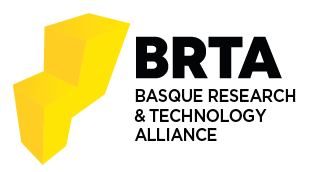Design and Evaluation of a Voice-Controlled Elevator System to Improve the Safety and Accessibility
Egileak: Jon Alonso Jon Olaizola Mikel Mendicute María Patricia Franco Daniel Aguinaga Eduardo Lleida
Data: 01.01.2024
IEEE Open Journal of the Industrial Electronics Society
Abstract
This work introduces the design and assessment of a voice-controlled elevator system aimed at facilitating touchless interaction between users and hardware, thereby minimizing contact and improving accessibility for individuals with disabilities. The research distinguishes three distinct deployment scenarios - on cloud, on edge, and embedded - with the ultimate goal of integrating the entire system into a low-resource environment on a custom carrier board. An objective evaluation measured acoustic conditions rigorously using a dataset of 2900 audio files recorded inside a laboratory elevator cabin featuring two internal coatings, five audio input devices, and under four distinct noise conditions. The study evaluated the performance of two Automatic Speech Recognition systems: Google's Speech-to-Text API and a Kaldi model adapted for this task, deployed using Vosk. In addition, latency times for these transcribers and two communication protocols were measured to enhance efficiency. Finally, two subjective evaluations on clean and noisy conditions were conducted simulating a real world scenario. The results, yielding 84.7 and 77.2 points, respectively, in a System Usability Scale questionnaire, affirm the reliability of the presented prototype for industrial deployment.
BIB_text
title = {Design and Evaluation of a Voice-Controlled Elevator System to Improve the Safety and Accessibility},
journal = {IEEE Open Journal of the Industrial Electronics Society},
pages = {1239-1250},
volume = {5},
keywds = {
Automatic speech recognition; embedded systems; human†machine interaction
}
abstract = {
This work introduces the design and assessment of a voice-controlled elevator system aimed at facilitating touchless interaction between users and hardware, thereby minimizing contact and improving accessibility for individuals with disabilities. The research distinguishes three distinct deployment scenarios - on cloud, on edge, and embedded - with the ultimate goal of integrating the entire system into a low-resource environment on a custom carrier board. An objective evaluation measured acoustic conditions rigorously using a dataset of 2900 audio files recorded inside a laboratory elevator cabin featuring two internal coatings, five audio input devices, and under four distinct noise conditions. The study evaluated the performance of two Automatic Speech Recognition systems: Google's Speech-to-Text API and a Kaldi model adapted for this task, deployed using Vosk. In addition, latency times for these transcribers and two communication protocols were measured to enhance efficiency. Finally, two subjective evaluations on clean and noisy conditions were conducted simulating a real world scenario. The results, yielding 84.7 and 77.2 points, respectively, in a System Usability Scale questionnaire, affirm the reliability of the presented prototype for industrial deployment.
}
doi = {10.1109/OJIES.2024.3483552},
date = {2024-01-01},
}







